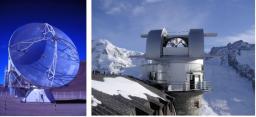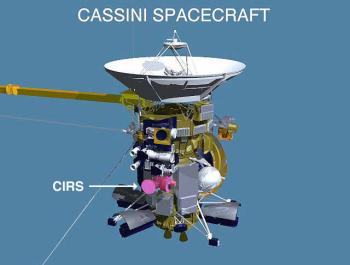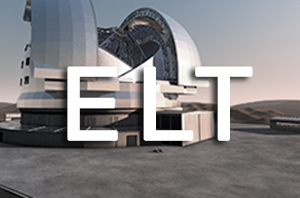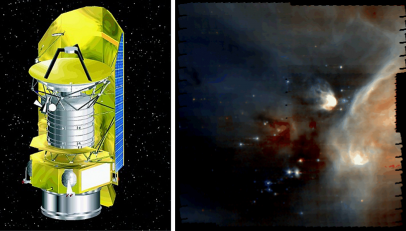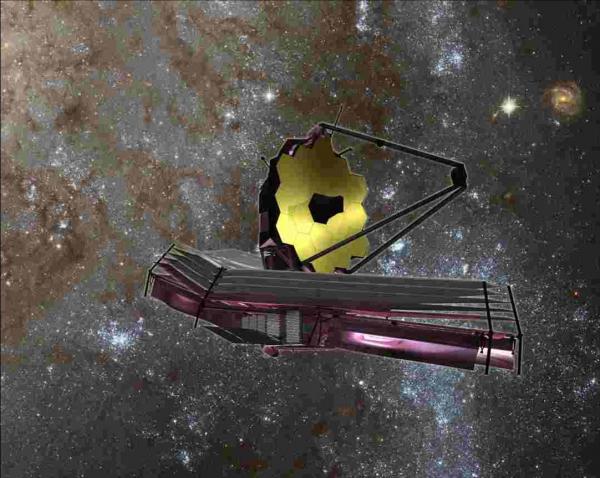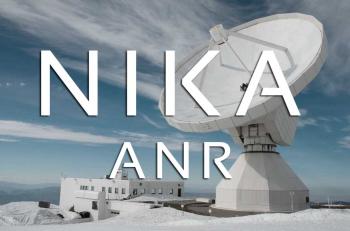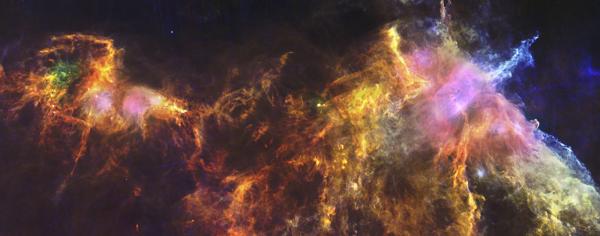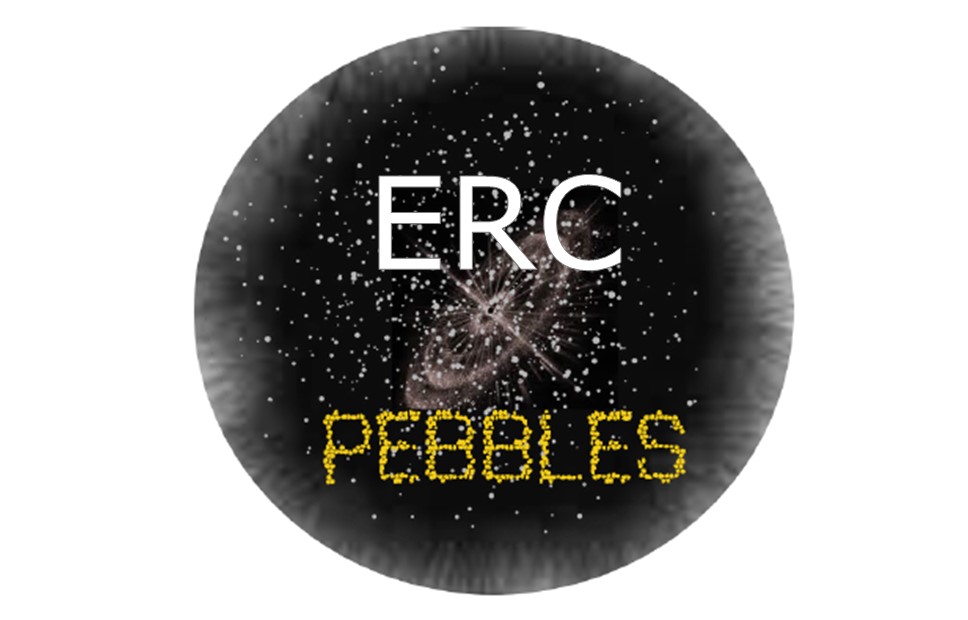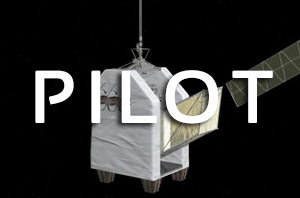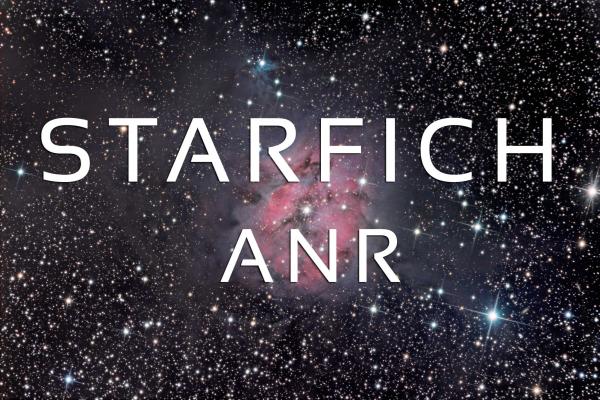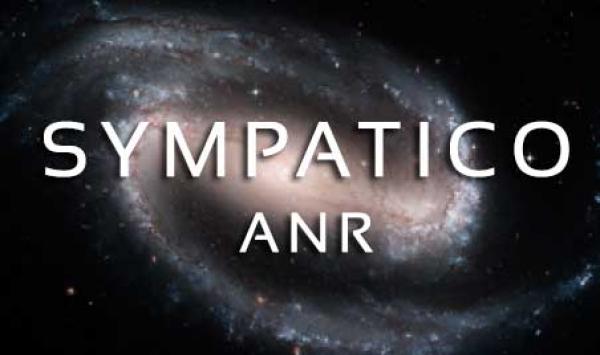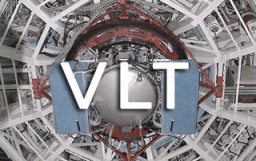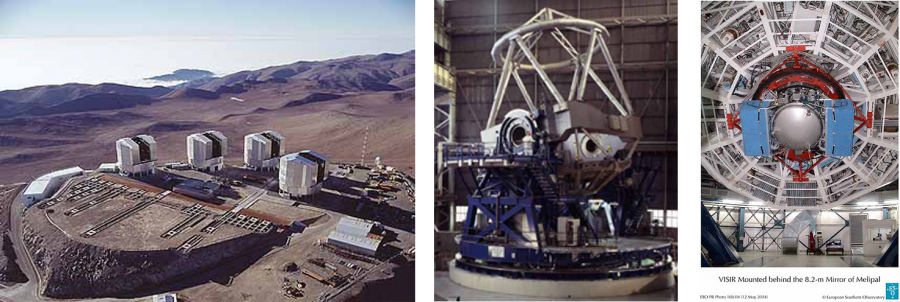Publication of the pipeline and complete database in open-source, free-access and offline formats
NASA's Spitzer space telescope, JWST's predecessor, was a very successful mission, observing in particular the spectra of several tens of thousands of sources at wavelengths ranging from around 5µm to 38µm. These observations complement JWST/MIRI data for long-wavelength diagnostics, and provide valuable diagnostics in conjunction with JWST or in preparation for future infrared missions.

